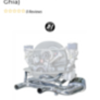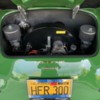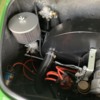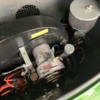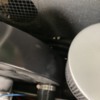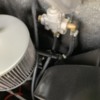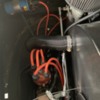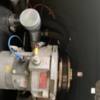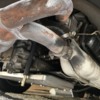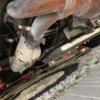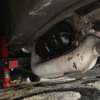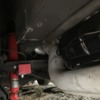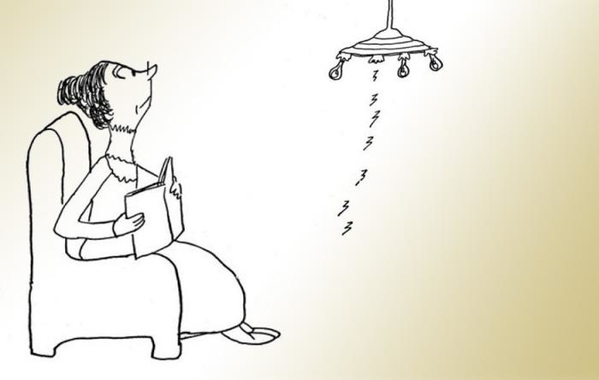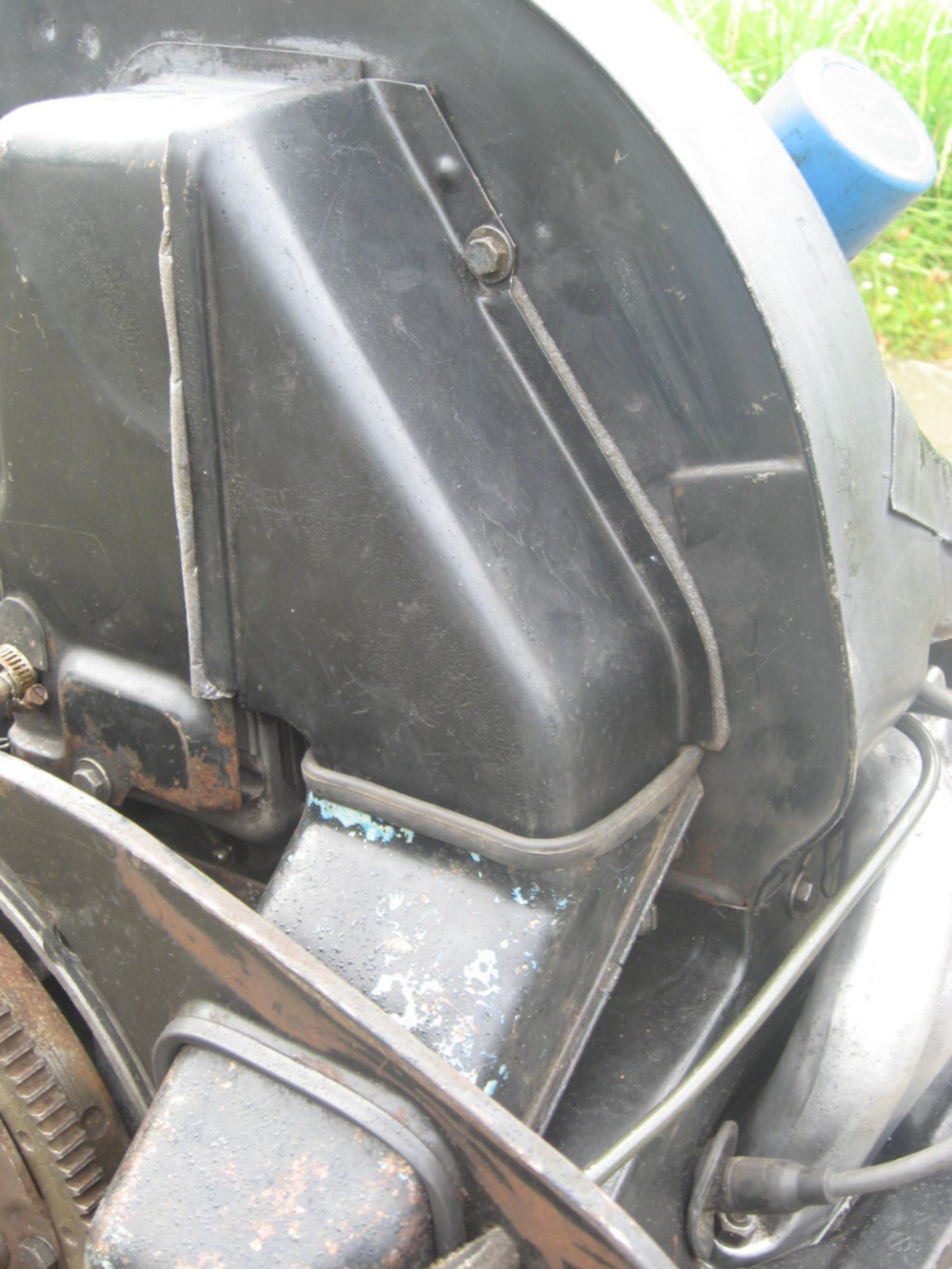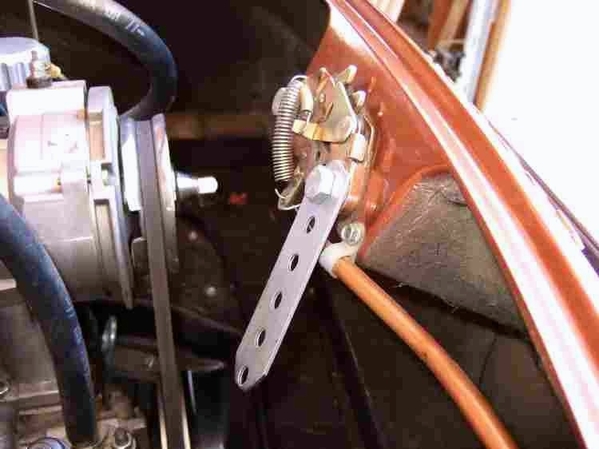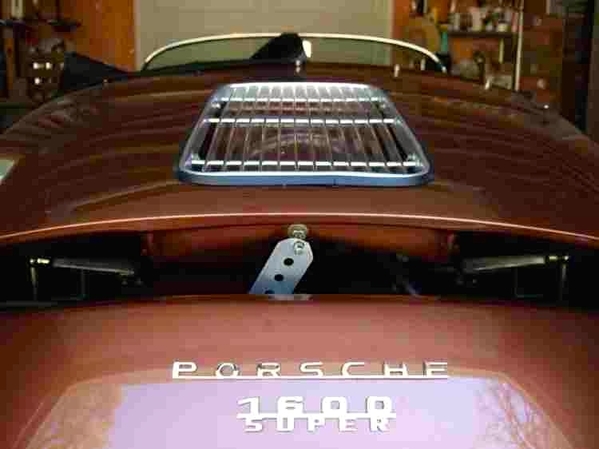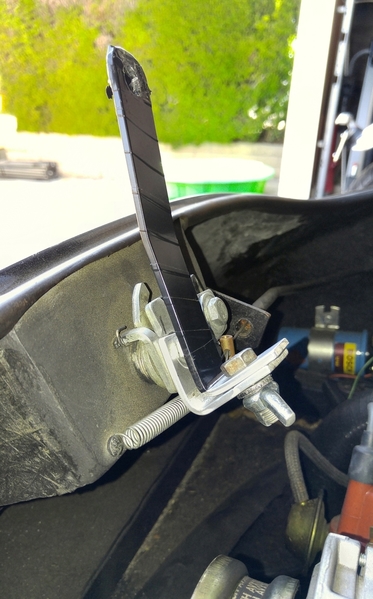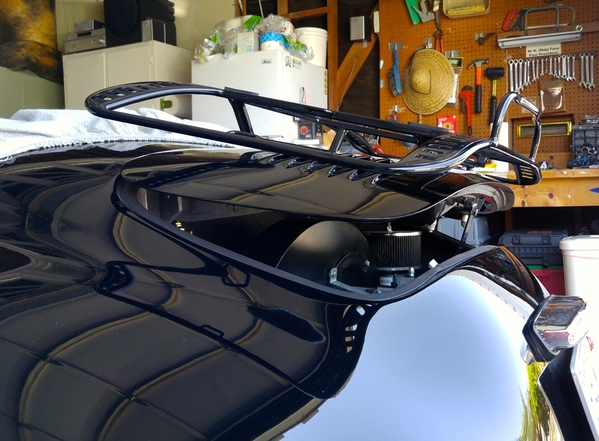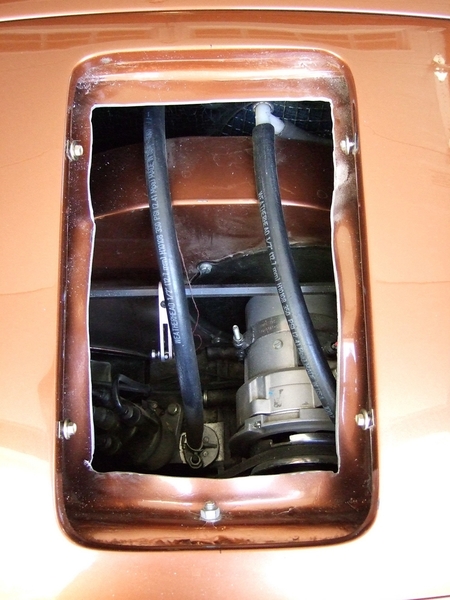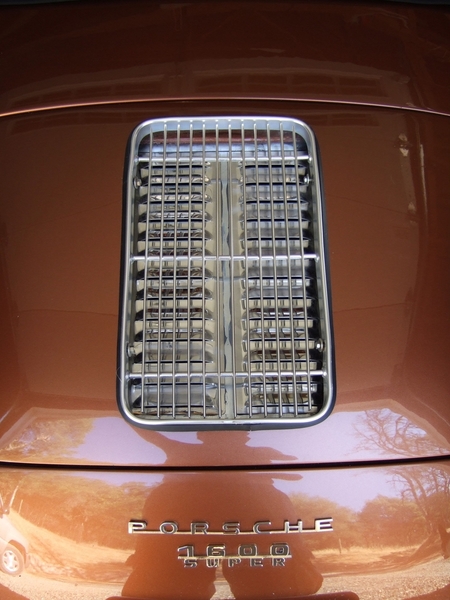Kevin,
It's a great simplification, but I've heard an internal combustion engine described an air pump. The engine's got to breathe: air in, air out. Anything impeding the flow of the air in and out creates problems.
A few months back, I posted about why an actual 4/1 header is a miracle of physics, actually creating a vacuum on each opening valve in the engine, helping air move through. When I have more time, I'll find it and send you a link-- but for now, yes-- the exhaust that is appropriate to your particular engine will help.
What Anthony was addressing above is that everything has to work together. Another limiting factor in your engine could be the heads. Smart people harp all the time that "the power is in the heads". Well designed heads flow more air, without increasing port volume to the point that the engine gets "lazy". That's why all the ads spout the CFM rating of heads-- they're telling you how much air can move through the heads. They don't tell you about how big the ports had to get to flow that much, but there's a shortcut there as well-- intake port volume. There's a cool little sticky over on TheSamba that has a chart that's updated constantly, as new heads come to market:

From this chart, you can (or maybe not, because it's so small) that a CB Panchito head flows 167 CFM at .500 of valve lift, with an intake runner volume of 61 cc. The CB Super Mags are almost identical in flow and intake runner volume, but they're a CNCed head, where the Pancitos are "as cast" in the ports. If I'm not mistaken, the old Vintage Speedster 1915 used stock big-valve heads with no porting. 043 VW heads flow 117 CFM at .500 of valve lift, and have an intake runner volume of 57 cc. So you can see how much better the Pancitos and Super Mags are than the heads that are on a "stock 1914" engine. The port volume is nearly identical, and the flow numbers are almost twice as good.
Suffice it to say, there's way more here than just numbers. There's flow characteristics that smart guys spend a lifetime learning about. The cam and the heads work together. The heads will only allow as much flow as the cam is asking for, so just sticking better heads on it without matching a nice cam to it is a waste of money.
The last thing to think about as it pertains to the internals of the engine is the intake side of the engine. Are the carburetors a choke point? If you've got duals, probably not. If you have a stock 1 bbl, yes-- it's a choke point.
What we all seem to forget about is how much air is actually available for the engine to pump. The 356 speedster body is beautiful, but it puts the air intake for the engine is a low pressure zone. Speedsters stink at getting air to the engine to use to pump and cool. Terry Nuckels noted a couple of interesting things pertaining to airflow. Firstly that popping the deck-lid and propping it open a couple of inches really helps. I saw a major improvement driving through the desert this way back on one of my epic road-trips. The second thing is even weirder-- he also found that carrying a suitcase on the rack seems to improve the ability of the car to cool as well. I assume this is due to changing the airflow around the back of the car, but I have no idea how. He says it works, and he knows what he's talking about.
Of course, an external cooler is a good idea, but you need thermostats to control when oil is flowing through the cooler, and when the fan turns on, etc. It's also got to be mounted in the right place to work well-- there seems to be a lot of "bad" places to put one, and only a few good ones. The driver's side wheelwell works well.
Good luck. Forewarned is forearmed.


